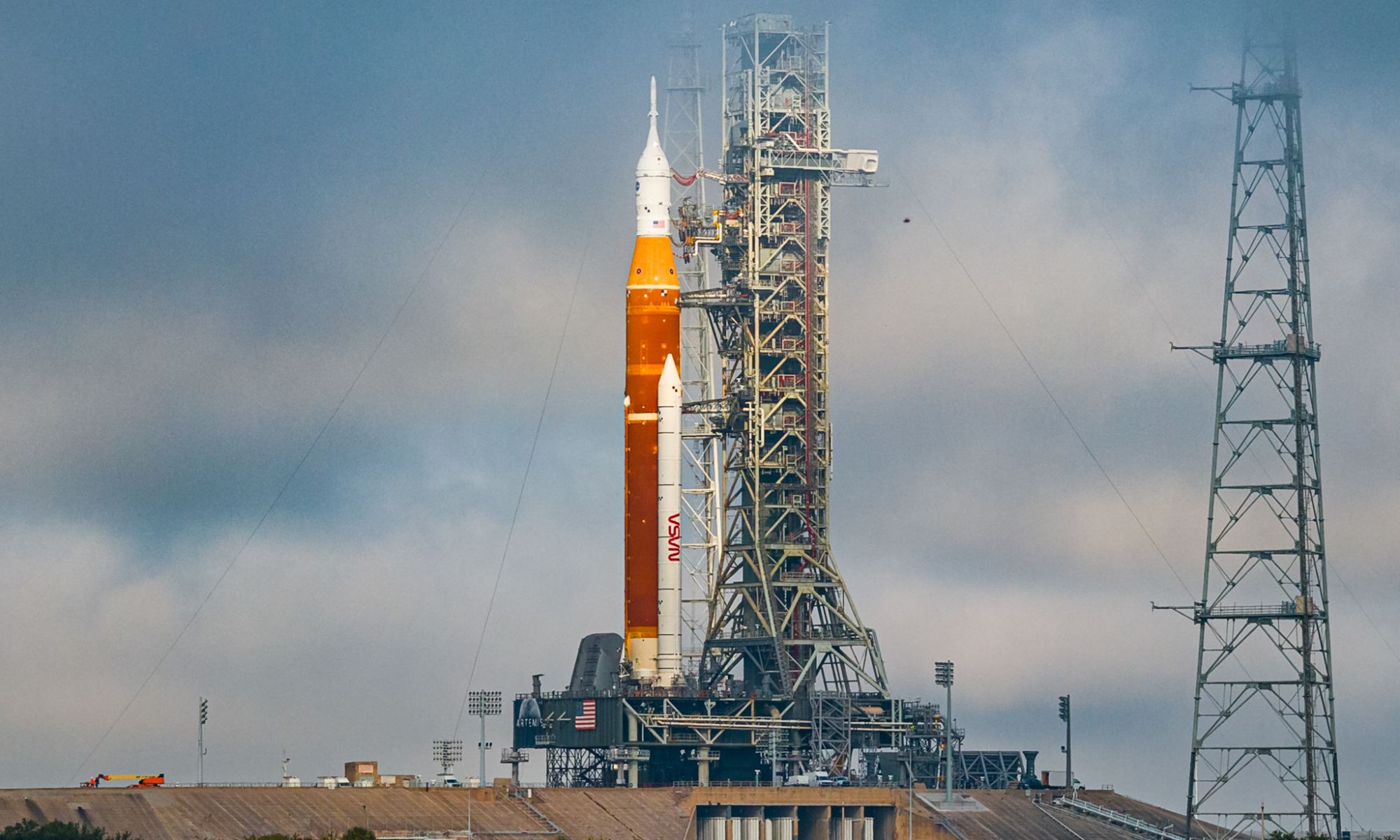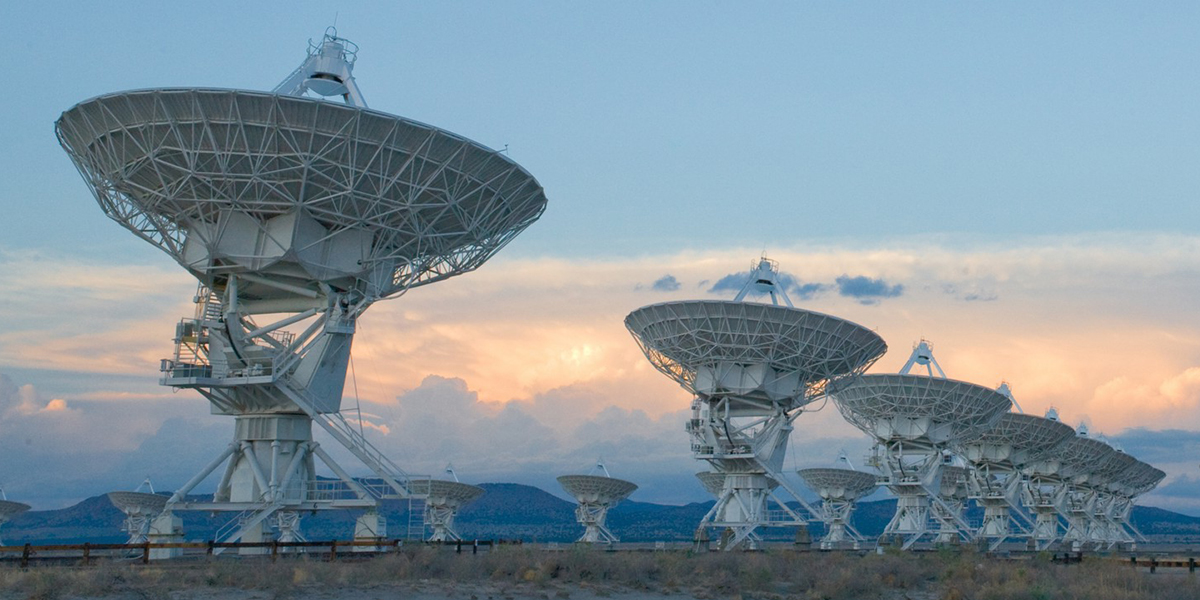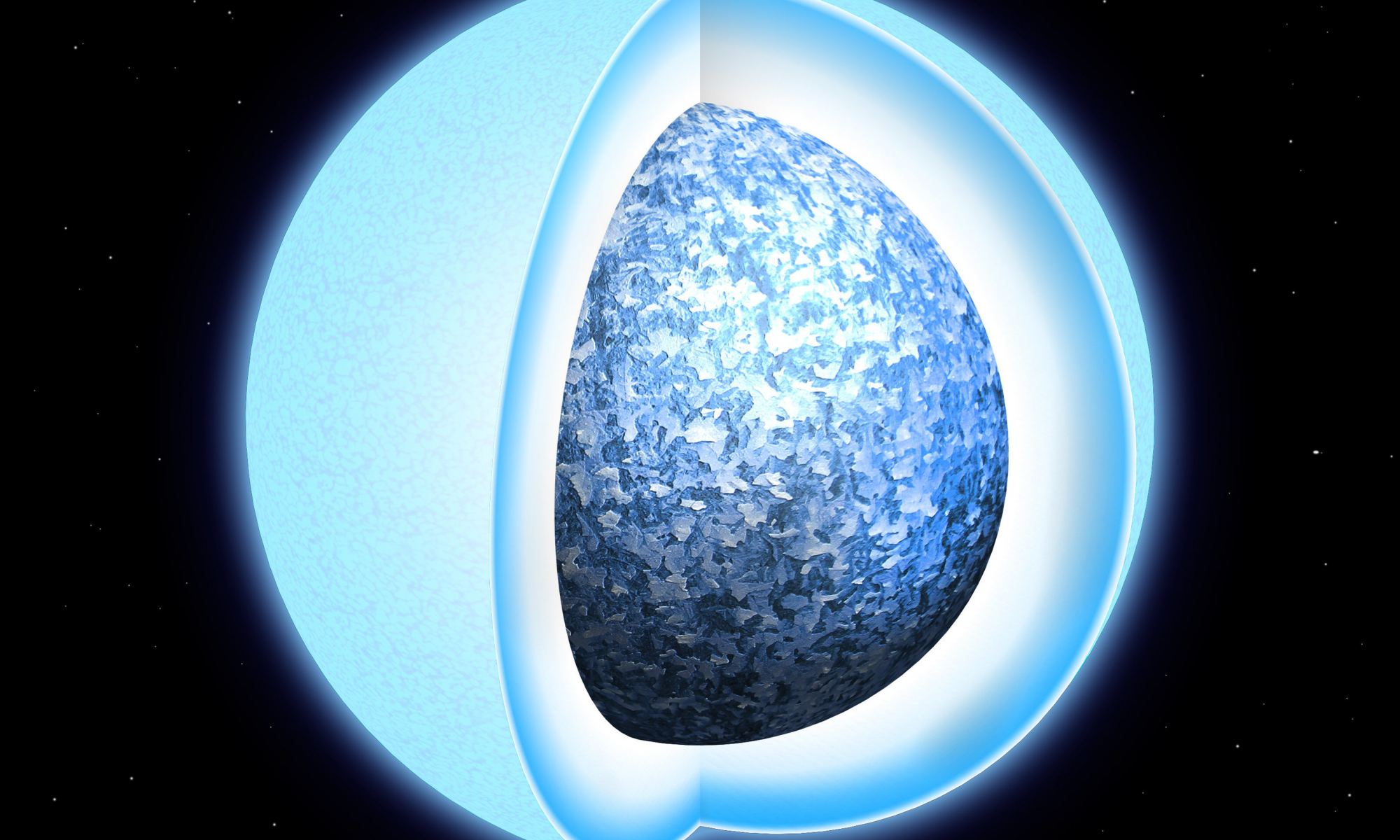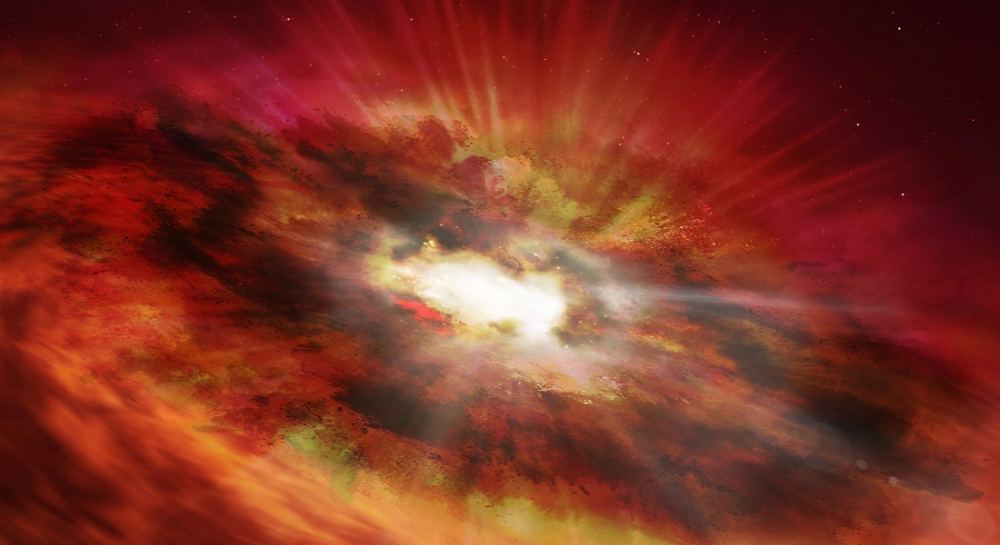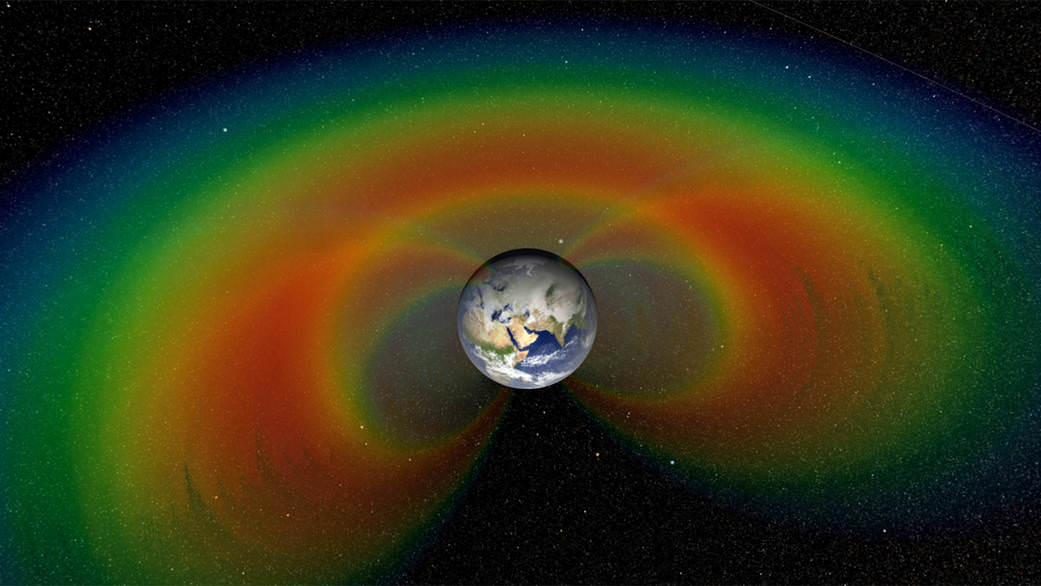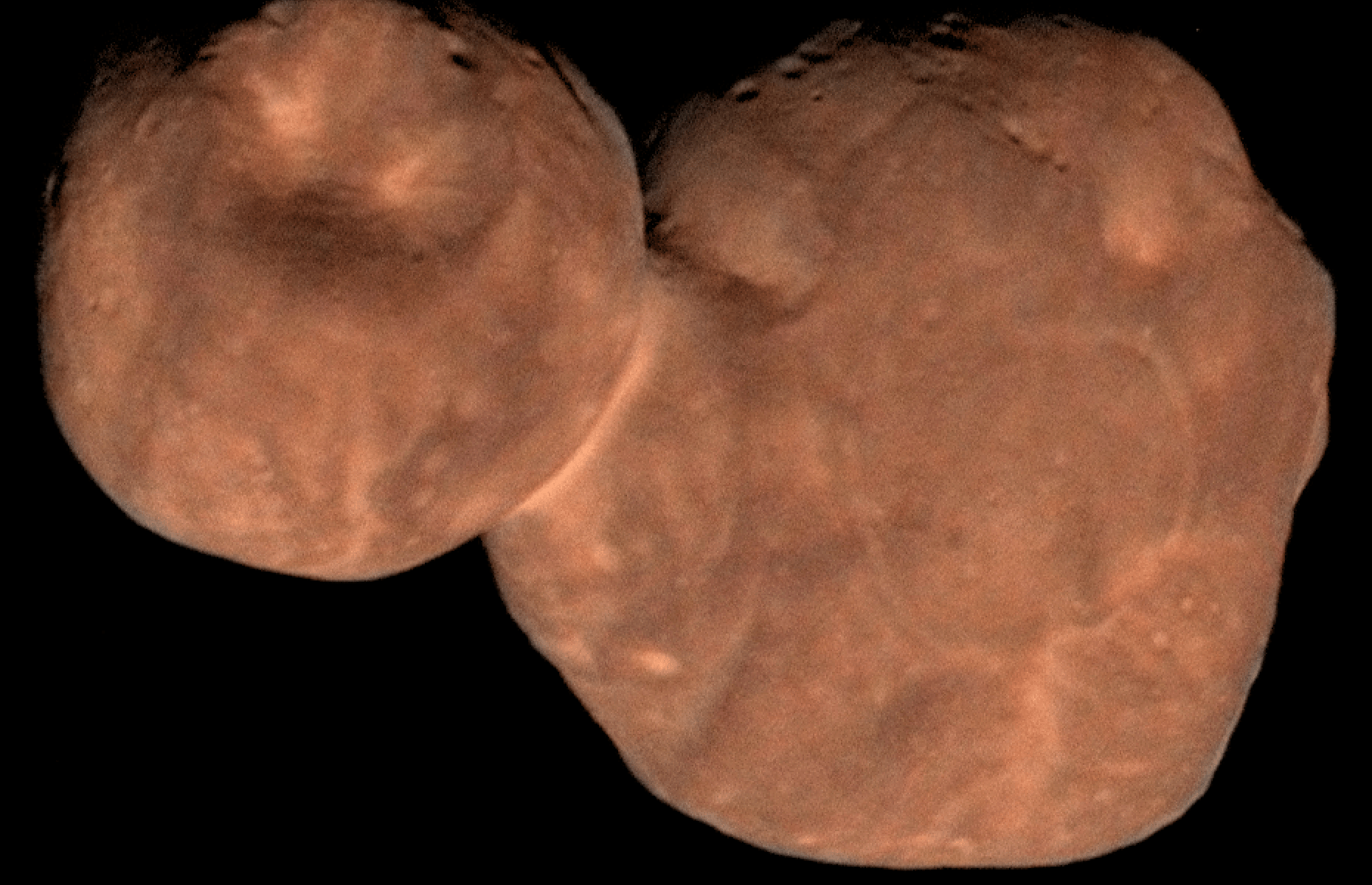NASA’s Space Launch System (SLS) has been having some problems getting tested since it rolled out onto launch pad 39B last month. These tests, called wet dress rehearsals, are used to find any problems with loading the propellant and verify that all of the rocket’s systems are able to handle it being exposed to cryogenics.
After this most recent attempt on April 14th, it is clear that the SLS isn’t ready for flight yet. The problems that the teams have been encountering have led them to make some procedural changes and slight adjustments in operations and software triggers. There are also the leak problems that have shown up that have to be addressed.
Continue reading “NASA is Having a Tough Time Testing the SLS”
